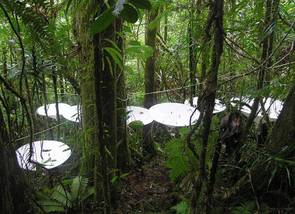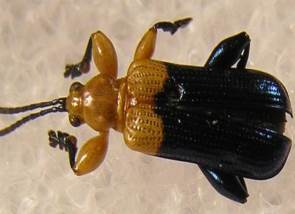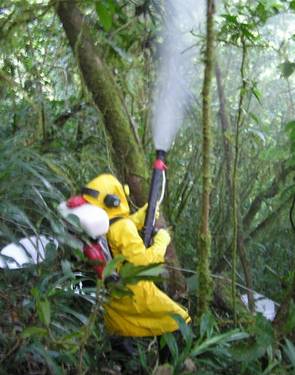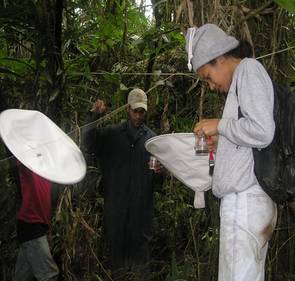Hilda Waqa
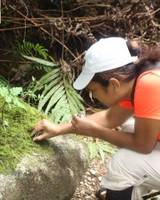 Degree: Master of Science
Degree: Master of Science
Researcher: Hilda Sakiti Waqa
Thesis title: Taxonomy, diversity and distribution of canopy Coleoptera (Beetles) along elevational gradients on Eastern Viti Levu, Fiji.
Principal title: Dr. Linton Winder(USP)
Co-Supervisor: Dr. Al Samuelson (Bishop Museum Hawaii)
Abstract:
Ecological gradients (e.g. habitat types, climate, altitude, seasonality etc.) are known to be important factors in regulating the diversity and distribution of insect taxa. Knowledge of their distribution patterns is essential for proper conservation measures to be implemented. In Fiji, virtually no studies of this type have been done. In this study, canopy coleopteran communities were surveyed along a landscape transect on selected undisturbed rainforest areas in eastern Viti Levu, Fiji from lowland Nakobalevu (200m) through upland Waisoi to a cloud montane forest in Monasavu (1000m). This research aimed to study how Coleoptera diversity and distribution was influenced by altitude and habitat type along a landscape transect.
Diversity of arboreal beetles was sampled by canopy fogging. Fourteen sampling dates from June 2005 (dry season) to January 2006 (wet season) yielded 3326 individuals belonging to 28 families. Dominant beetle families sampled from the canopy included: Curculionidae, Chrysomelidae and Staphylinidae and it is probable that this reflects their wide range of feeding habits and exploitation of rainforest habitats. Furthermore, diversity measures revealed a peak at mid-to-high altitude (800-1000m in Monasavu) for the beetle taxa. Plant-host associations with some beetle taxa were also probably evident particularly in the Family Curculionidae which demonstrated a peak in abundance at Monasavu (1000m) possibly due to the abundance of native Agathis macrophylla at this location.
Along the landscape transect, MDS ordination demonstrated a division in the canopy beetle communities between three habitat types: lowland forest<400m, upland forest <600m and cloud montane forests <1000m further suggesting that substantial proportions of the beetle taxa were restricted within an elevational range due to preferred altitude, climatic conditions and possible plant-host associations.
Therefore, for the proper conservation of Fiji’s insect fauna, conservation measures should ensure: (1) that a span of elevational range within intact tracts of tropical forests be protected for the conservation of a wide range of taxa, (2) that altitude be a criteria used for selecting conservation areas and (3) that mid-altitudes (800m) within intact forests be given high priority for the conservation of biodiversity over agricultural purposes or human habitation.
